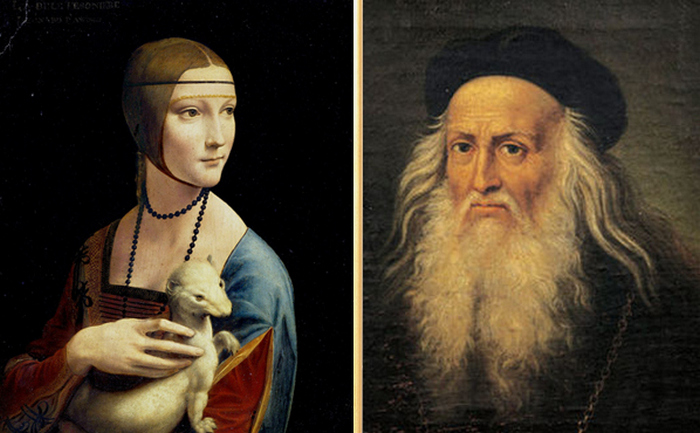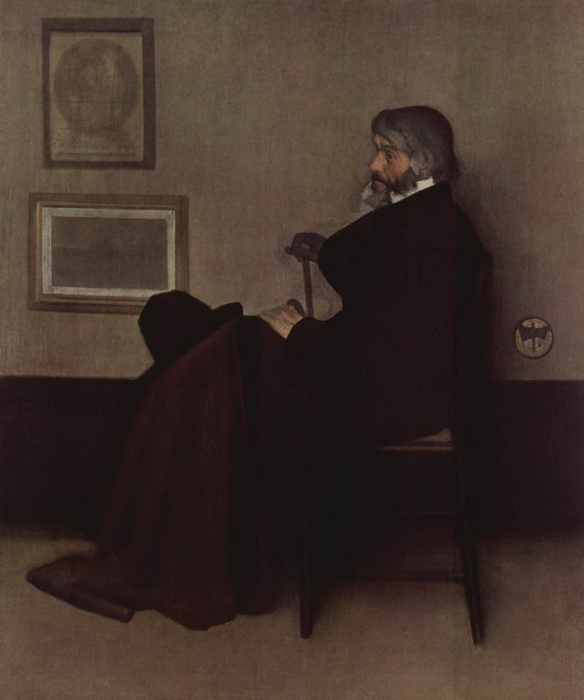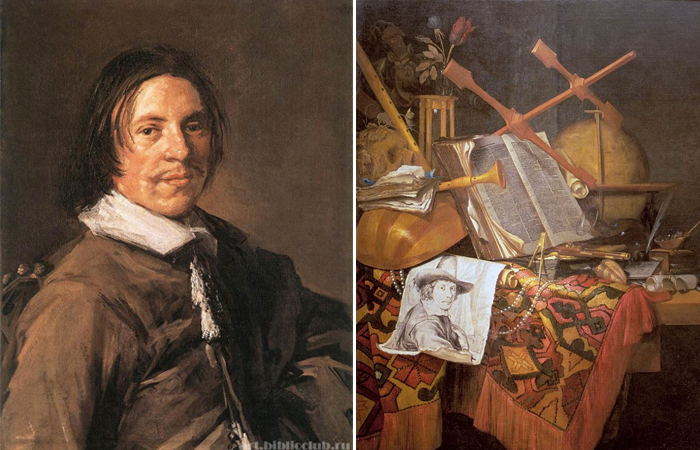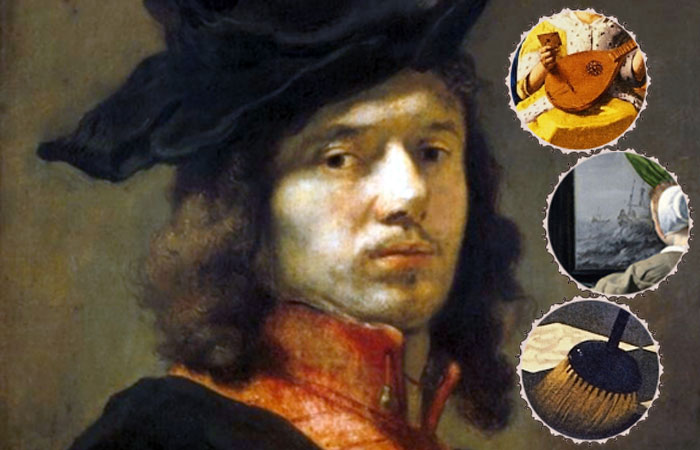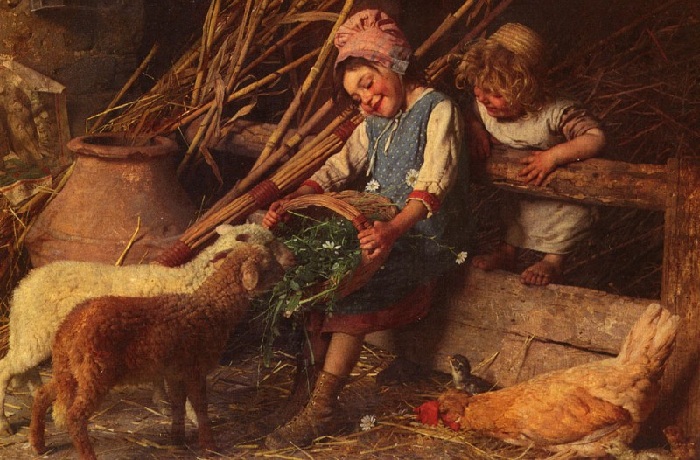reminiscent
Was there a boy, or what they argue about for many years, looking at Chardin’s picture “Prayer before dinner”
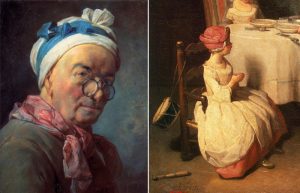 He was called the “artist of animals and fruits.” He had a significant influence on Henri Matisse and Paul Cezanne. In art, this artist sought naturalness and humanity as opposed to the official Rococo style. All this is about Jean Baptiste Simeon Chardin and his picture “Prayer before dinner.” What is the main debate of art critics about this picture?
He was called the “artist of animals and fruits.” He had a significant influence on Henri Matisse and Paul Cezanne. In art, this artist sought naturalness and humanity as opposed to the official Rococo style. All this is about Jean Baptiste Simeon Chardin and his picture “Prayer before dinner.” What is the main debate of art critics about this picture?
The 18th century French artist Jean Simeon Baptiste Chardin was known for his still lifes and genre paintings. His refined and realistic style had a significant impact on a number of the greatest artists of the XIX-XX centuries, including Henri Matisse (1869 – 1954) and Paul Cezanne (1839 – 1906). Chardin’s canvases were simple, but workshops performed. The Chardin world is a world with feeling (and not gallantry), with humility (and not vanity), with simplicity (and not covetousness). For the bourgeois establishment, the works of Chardin represented a salutary contrast with the “decadent aristocratic fragility” of many of the artist’s colleagues (including Watteau). Continue reading
Did Leonardo da Vinci have a second Mona Lisa: The Riddles of the “Iselworth Mona Lisa”
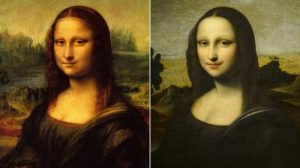 For many decades, there has been debate about whether the Iselworth Mona Lisa is a genuine, earlier version of Leonardo da Vinci’s most famous work, which attracts millions of visitors to the Louvre every year. The opinions of experts, however, vary greatly.
For many decades, there has been debate about whether the Iselworth Mona Lisa is a genuine, earlier version of Leonardo da Vinci’s most famous work, which attracts millions of visitors to the Louvre every year. The opinions of experts, however, vary greatly.
“Mona Lisa”
The portrait of the mystery woman Mona Lisa (or “Mona Lisa”) is the most famous creation of European painting. The canvas is a female waist portrait. A lady sits on the terrace against the backdrop of a foggy landscape. Her shoulders are turned three quarters, her right hand rests on her left (this position of the crossed arms corresponds to all the rules of decency), the smile is barely perceptible, and her eyes look at the viewer. It is traditionally believed that this is a portrait of Lisa Gerardini, wife of the wealthy Florentine merchant Francesco del Giocondo (hence the second name of the picture). Continue reading
Secrets of self-portraits of famous artists: Reflection in the mirror, portrait-bacon and other oddities
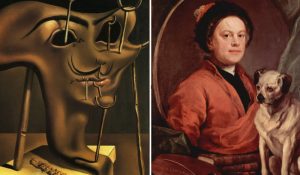 Self-portrait in most cases is an instrument of narcissism, an attempt to leave your image in eternity. But if a genius takes up the matter, his image on canvas can turn into a real masterpiece, which not only perpetuates the appearance of the master, but also puzzles, surprises, fascinates the viewer. For centuries, some of these self-portraits have been knocked out of the familiar notion of this genre, while not losing either their fans or the attention of researchers.
Self-portrait in most cases is an instrument of narcissism, an attempt to leave your image in eternity. But if a genius takes up the matter, his image on canvas can turn into a real masterpiece, which not only perpetuates the appearance of the master, but also puzzles, surprises, fascinates the viewer. For centuries, some of these self-portraits have been knocked out of the familiar notion of this genre, while not losing either their fans or the attention of researchers.
Jan van Eyck, “Portrait of the Arnolfini Couple”
It is from the Renaissance that the development of the self-portrait genre begins – an interest in a person and a person naturally generated the artist’s attention to his own image. But self-portraits in their traditional, academic form did not appear immediately. At first, the masters who wanted to portray themselves in the picture either inscribed their figure in the composition as one of the secondary characters, or became “their own sitters” and the main characters of their works. Continue reading
